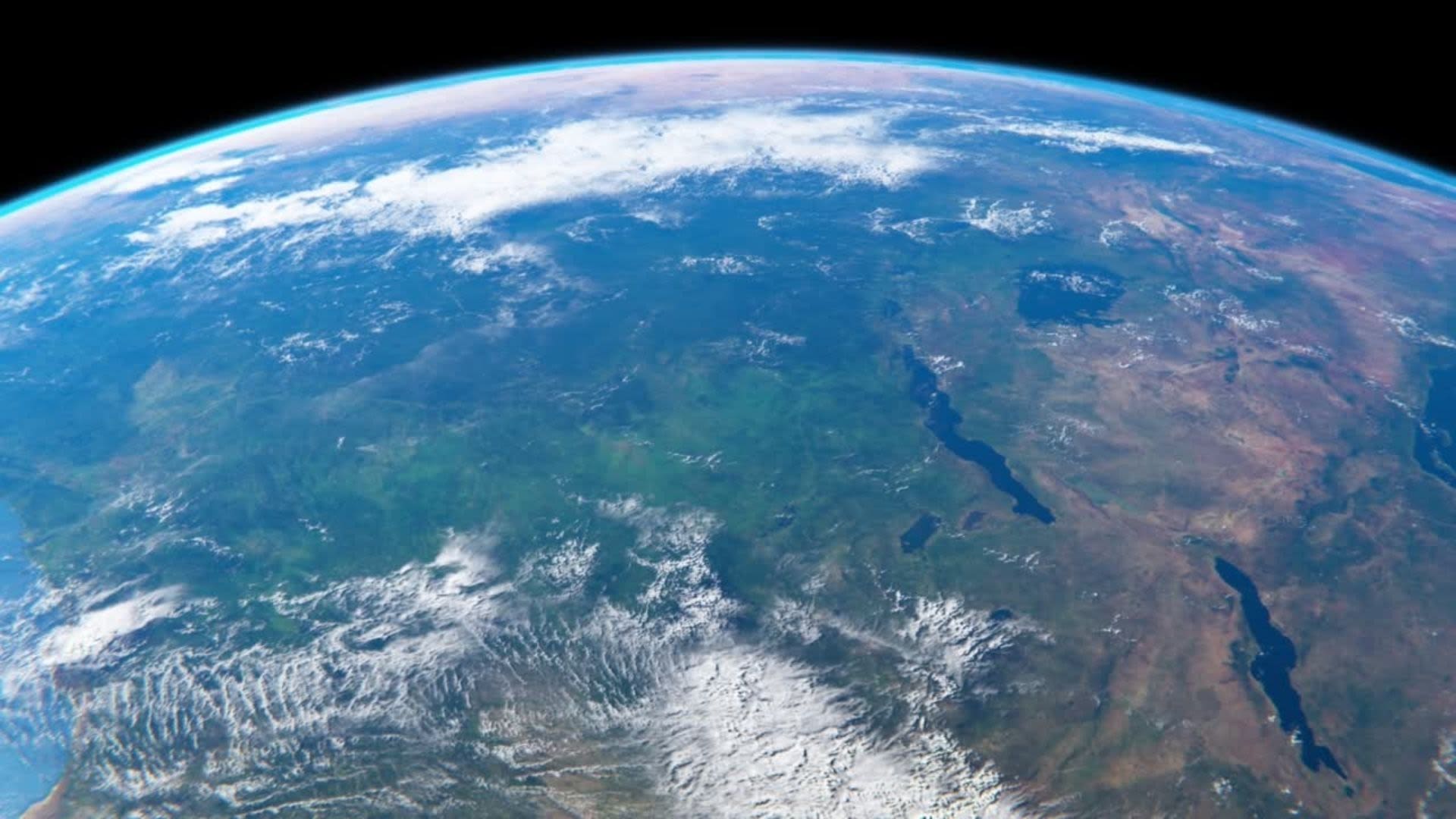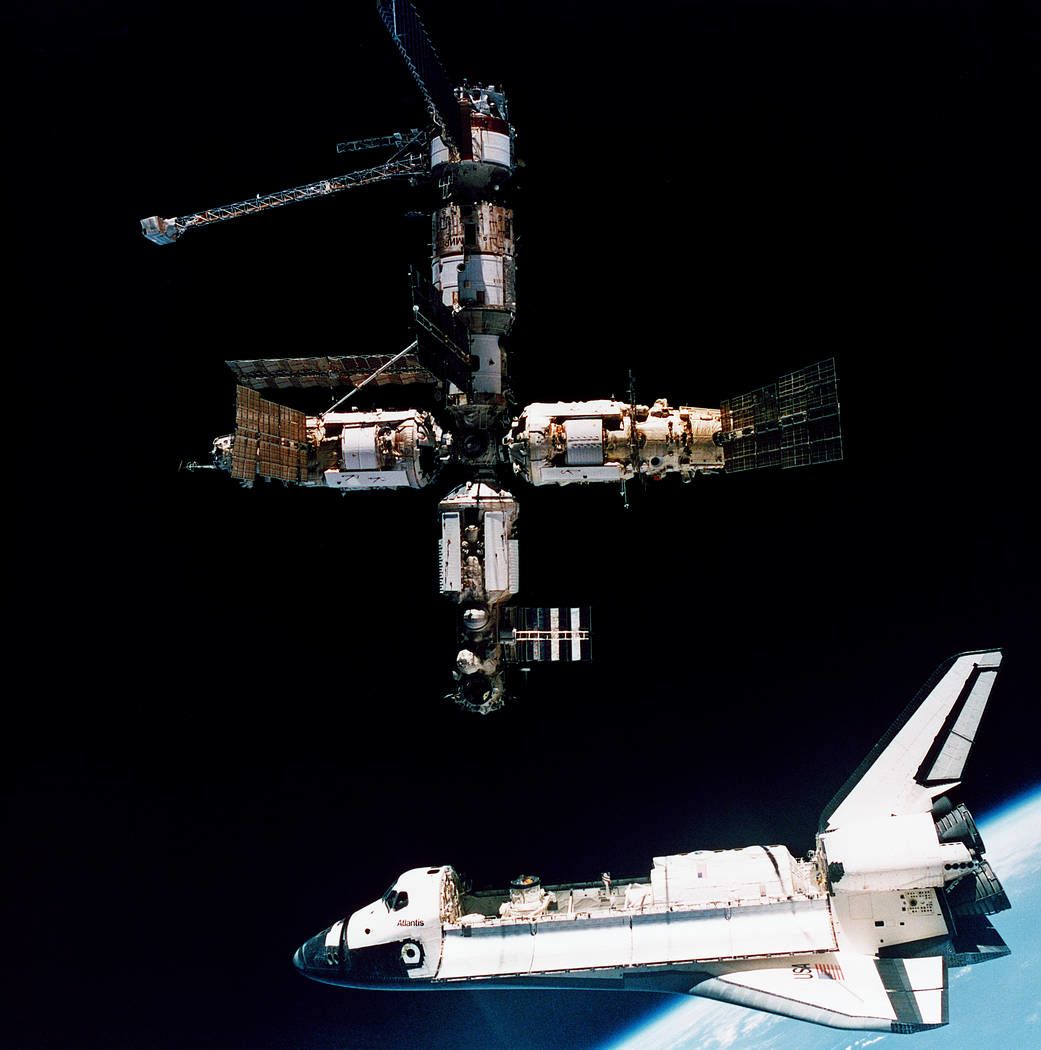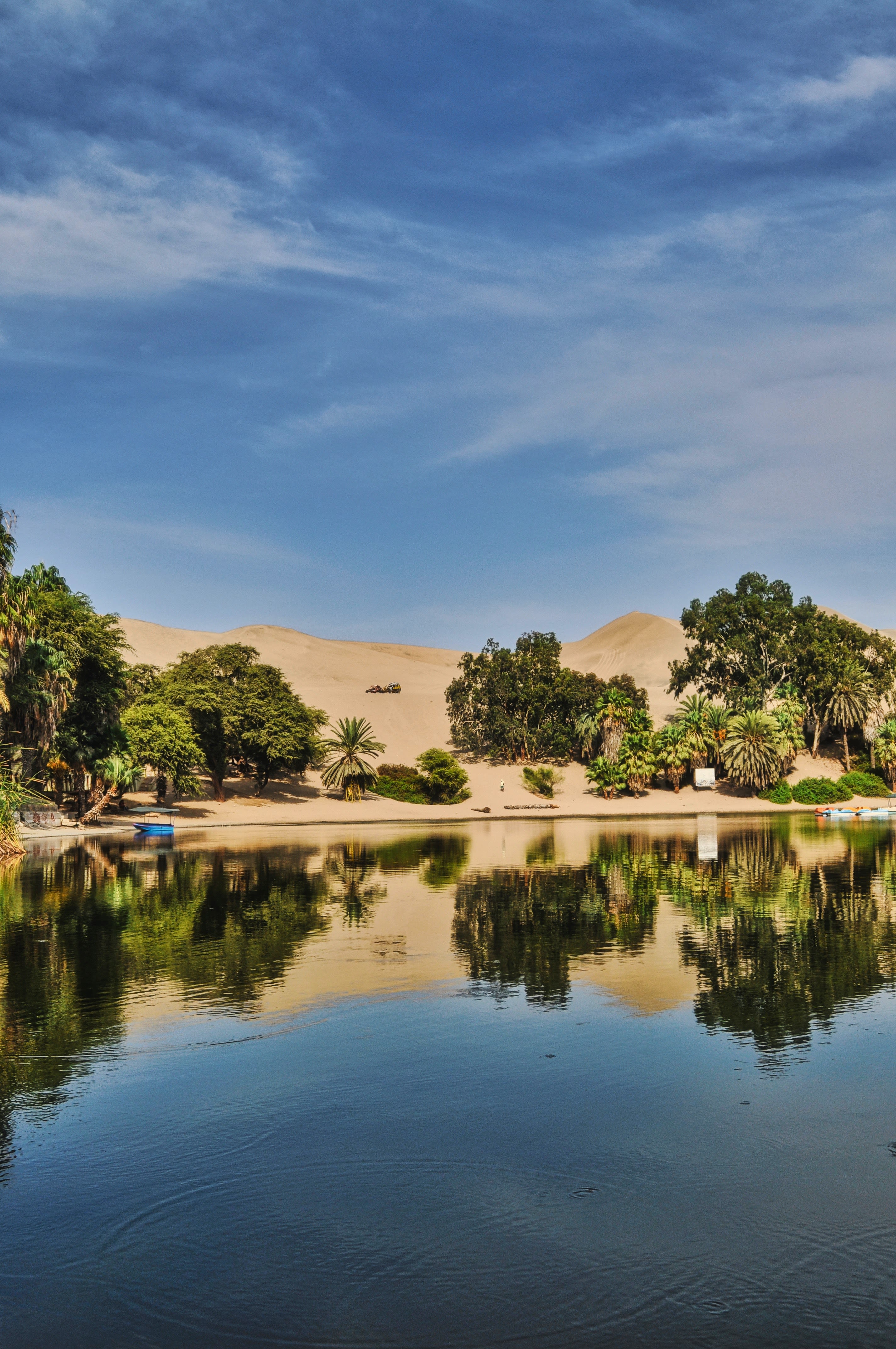What the Earth is...
The metaphors we use to think about the Earth

"Oh my God, look at that picture over there! There’s the Earth comin’ up. Wow, is that pretty!"
As the Apollo 8 spacecraft whipped around the dark side of the moon on December 24th, 1968, the Earth peaked over the lunar horizon, rising as the sun does over the Earth's horizon each day. It was the first ever earthrise witnessed by human eyes.
Just a few minutes earlier, while still behind the dark side of the moon, the three astronauts aboard the vessel, Frank Borman, Jim Lovell and Bill Anders, took turns reading the creation myths from the book of Genesis. As they finished reciting the myths, they emerged from the moon’s shadow and the Earth appeared in the window frames.
In an unassuming act of consequential benevolence, Anders pointed his camera and snapped the now iconic transformative ‘Earthrise’ image.
The vast loneliness up here of the Moon is awe-inspiring, and it makes you realize just what you have back there on Earth.
When we view the Earth from a new perspective - from a plane, from below the ocean's surface while scuba diving, or in a mine deep below the Earth’s surface - our previous conceptions dissolve and new ones emerge.
Perhaps no new perspectives have been more transformative than those from space. While only a few of us Earth-bound creatures have been lucky enough to ascend to the heavens, we've been blessed to receive images and videos from space. Gifts from above.
Each of these images, some more than others, has influenced what Earth means to us. How we think of it in relation to other things. What metaphors we use to make sense of it.

George Lakoff (pictured) and Mark Johnson’s groundbreaking book Metaphors We Live By, published in 1980, spawned what is known as Conceptual Metaphor Theory.
This psycholinguistic theory posits that both natural language and general cognition are metaphorically structured as neural mappings in the brain. Metaphors are not just linguistic flourishes we occasionally use to spice up our conversations, rather, they're central to all language and high level thought. Metaphors work by drawing from one thing to think of another.
For example, in western culture, and indeed the English language, the way we think and talk about time is in terms of money. Since we think of time as being like money (a finite resource that can be allocated) we talk about it as such, and since we talk about it as money, we think about it as such.
Try it for yourself. Try talking about time without using language that emerges from concepts of money. “I spent too much time on that; thank you for your time; that cost me a lot of time, etc.” Our conceptions of time are, in many ways, limited by the metaphor we associate with it, time.
In order to think and talk about the Earth, then, we are also enabled and limited by the metaphors we construct. And these metaphors abound. One need only take a look at how scientists, astronauts, journalists, and a great many others talk about the Earth. While there are likely hundreds of different Earth metaphors in English-speaking cultures, there seem to be a handful that are most common, many emerging from discussions of Earth when viewed from space.

The Metaphors of Earth
🌎🌏🌍
The Earth is a Space Ship

When astronauts leave the Earth’s atmosphere and enter the vacuum of space, they become acutely aware of their dependence upon the systems the spacecraft uses to keep them alive. Within the ship, they’re warm, hydrated, pressurized, oxygenated, and shielded from the sun's ultraviolet rays. Yet just on the other side of a thin layer of material is a cold, dry, vacuous, suffocating, and scorching environment. Indeed, the role of the spacecraft is almost that of a second Earth. While reflecting on the complexities of their own spacecrafts Astronauts longingly cast their gaze back to the Earth, seeing it for the first time as their original spacecraft. The original one they never knew they had.
"Today we’re physically separated, but together we can all appreciate the marvel that is Spaceship Earth."

The Earth is an Oasis

“Do not pass by the oasis without stoping to drink.”

Perhaps no other Earthly feature has so universally symbolized sources of life and reprieve than the oasis in the desert.
As Otto Gros said, “Do not pass by the oasis without stoping to drink.” As the Apollo 8 mission headed back to Earth after looping around the moon for the first time ever, Jim Lovell longingly reminisced about “just what you have back there on Earth”, saying “the Earth from here is a grand oasis in the vastness of space.” If Earth is an Oasis, then it's a precious source of life in a vast wasteland of sand, from which we should always stop to drink.
“The Earth from here is a grand oasis in the vastness of space.”
The Earth is Our Mother

Perhaps one of the oldest metaphorical constructions of Earth is that of a mother. Think Mother Earth. Or Gaia.
The key characteristics this metaphor seems to be getting at are that the Earth is in some sense the source of life, that we come from it or it gave birth to it, and that the Earth cares for us.
Familial language for the Earth is further cohered by classifications of the solar system as some sort of family. For example, in 1990 NASA released a photographic collage they called the First-Ever Solar System Family Portrait. If the Earth is our mother, then maybe the Sun is our grandmother and the other planets our Aunts and Uncles.
The mother and other familial metaphors are particularly powerful metaphors given everyone’s obvious experience with motherhood in some capacity, the deep emotive and nostalgic sensations we feel in relation to it, and its connotation of Earth-wide kinship.
If Earth is our mother then we must all be siblings.
Interestingly, the Earth is often talked about today using language which suggests that the Earth is, or should be, under our care. It's often heard that "we must take better care of our planet". Now that we're growing up, maybe our Mother needs our care.
"The Moon is daughter of the Earth, and moves a few times per year in its mother's shade … for the short time of an eclipse."
The Earth is a Pale Blue Dot

“Look again at that dot..."
“That's here. That's home. That's us.”
“A mote of dust suspended in a sunbeam.”
One of the most famous images of the Earth, this time captured by a computer, on the space probe Voyager 1 in 1990. As the story goes, before the Voyager 1 was to begin shutting down its systems after finishing its mission, Carl Sagan lobbied to turn the craft around at one last photo from space. Surprisingly, there was significant pushback. But eventually, after passing Neptune, the craft was spun around and the Pale Blue Dot image was snapped.
Out of this image comes some of Sagan’s most famous quotes about Earth, that single, insignificant, uninteresting bluish pixel in the vastness of space.
This new perspective and the metaphor it inspired attempted to capture an inherent tension. That the Earth, including all its residents, are, from the perspective of deep space, absolutely insignificant in the most extreme. The Earth is nothing more than a tiny dot. Yet, the Earth and its residents, viewed from our own eyes are everything. They are the most, possibly the only, significant things. The earth is the blue life in the vastness of black nothingness.
Perhaps as Sagan says, “we are the way for the universe to know itself.”
The Earth is Home

The most common metaphor astronauts and space scientists use to talk about Earth is as home. It’s as if their address has changed from 3rd avenue to the 3rd planet from the sun. Think of how you might respond to the question ‘where do you live?’ If asked while in your home city, your likely response would be either the city name, neighbourhood, or street.
But if you’re traveling abroad, the response expands in scale to the country, province/state, or city. When viewed from just past Neptune, as Sagan was so keen to highlight, street, city, country no long matter. Your address is Earth. That is your home! NASA continually tries to aruge that above all, Earth is home.
“Blue Marble. Pale Blue Dot. Earth. Whatever you call it, it’s home.” - NASA

While all other metaphors matter, NASA seems to believe that the home metaphor is the most appropriate.
When we think of the Earth in terms of home, how might this affect our behaviours? This depends on how we value a home. Is it merely an economic asset? Is it a temporary place of residence? Is a place from which you originate? Or the house that you build? Do you care for it or do you use it? Given that the Earth is Home metaphor seems to be the most pervasive, finding the answers to these questions may help us to understand how and why we treat the Earth the way do.

How we think and talk about the Earth matters. If we see it as if it were our mother, we may feel a deeper sense of connection with and dependence upon it. If we see it as nothing but a dot in the vast nothingness of space, we may become more awestruck with its rarity, or our nihilistic sensibilities may grow. If we see it as our home, we may be more eager to keep it in good working order.
Whatever metaphors we choose to use, we must use some. By enhancing our awareness of the language we use to talk about the Earth we can become more aware of how we're conceptualizing and treating it.
Maybe what we could use right about now is a better collection of Earth metaphors that inspire improved sustainable relations with it.
